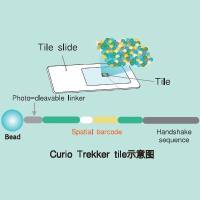Nucleotide analog interference mapping (NAIM) is a quick and efficient method to define concurrently, yet singly, the importance of specific functional groups at particular nucleotide residues to the structure and function of an RNA. NAIM can be utilized on virtually any RNA with an assayable function. The method hinges on the ability to successfully incorporate, within an RNA transcript, various 5′-O -(1-thio)nucleoside analogs randomly via in vitro transcription. This could be achieved by using wild-type or Y639F mutant T7 RNA polymerase, thereby creating a pool of analog doped RNAs. The pool when subjected to a selection step to separate the active transcripts from the inactive ones leads to the identification of functional groups that are crucial for RNA activity. The technique can be used to study ribozyme structure and function via monitoring of cleavage or ligation reactions, define functional groups critical for RNA folding, RNA–RNA interactions, and RNA interactions with proteins, metals, or other small molecules. All major classes of catalytic RNAs have been probed by NAIM. This is a generalized approach that should provide the scientific community with the tools to better understand RNA structure–activity relationships.






